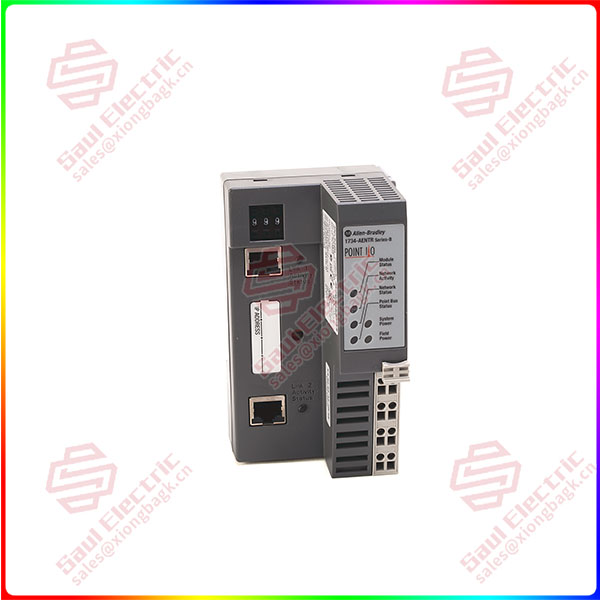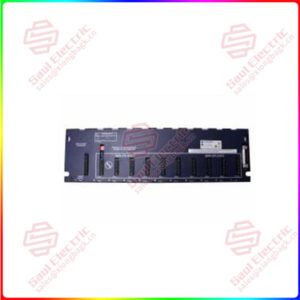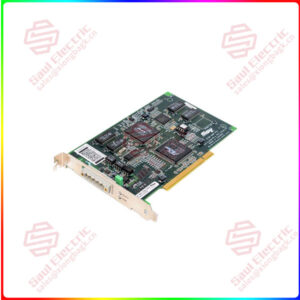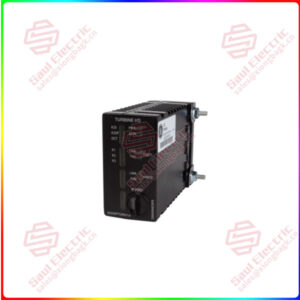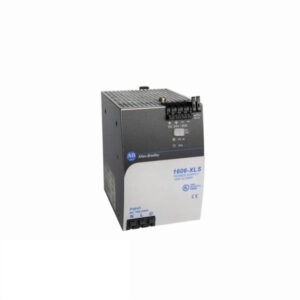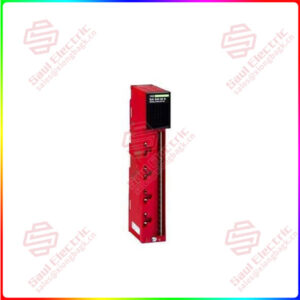Description
Overview
Essential details:1734-AENT POINT I/O Ethernet I/P communication adapter Allen-Bradley
Superiority products 1734-AENT POINT I/O Ethernet I/P communication adapter Allen-Bradley
- This module can communicate with other POINT I/O modules on the same DIN rail. The IP addresses in this module are assigned via the standard BootP or DHCP tools. The Allen-Bradley 1734-AENT can support connections from several controllers simultaneously. The 1734-AENT adapter has 24 Volts DC input voltage rating and an inrush current of 6 A, maximum with dimensions of 30x 2.16 x 5.25 inches. This Ethernet/IP adapter module has an RJ-45, Category 5 Ethernet Connector.
The Allen-Bradley 1734-AENT adapter acts as a bridge between the POINT I/O module and the network, so the user control real-time I/O data. This module has messaging data support for configuration and programming information (these are also known as explicit messages). The 1734-AENT adapter uses a Common Industrial Protocol (CIP). CIP is the application layer protocol that is specified for Ethernet/IP or Ethernet Industrial Protocol and for the ControlNet network and DeviceNet. This is a message-based protocol that implements a relative path for sending messages from the device in a system to the consuming device. When you apply power to the POINT I/O system and create an I/O connection, transition the output to Idle State, apply the Idle State data before switching to RUN mode. This happens even when the controller makes the connection in RUN mode.


 1 Year Warranty
1 Year Warranty
